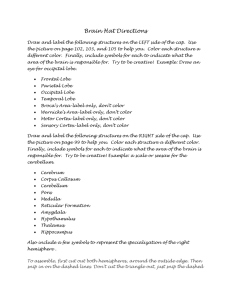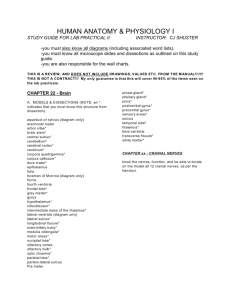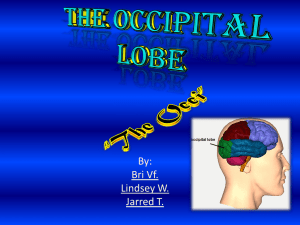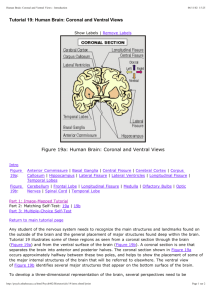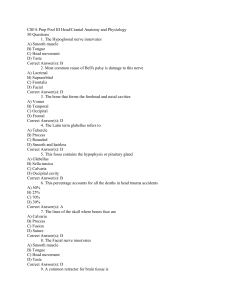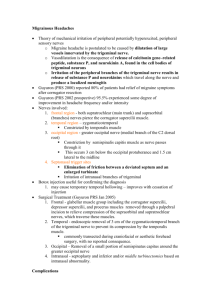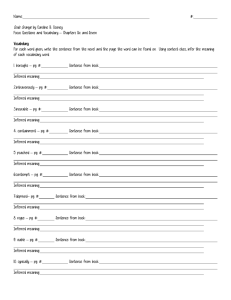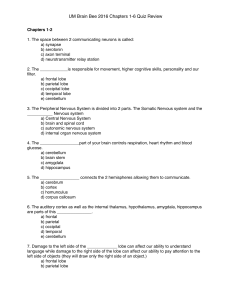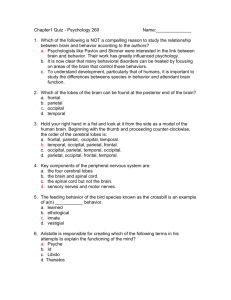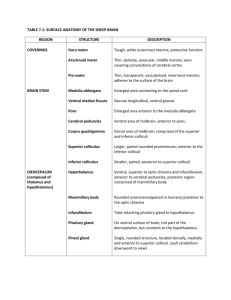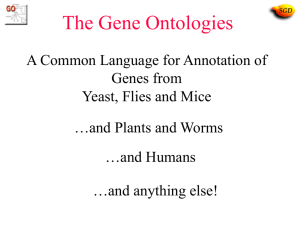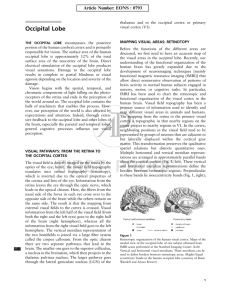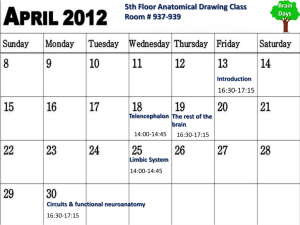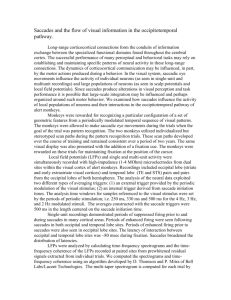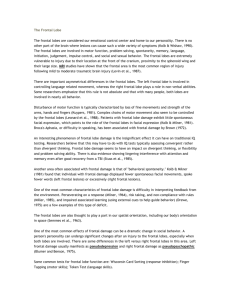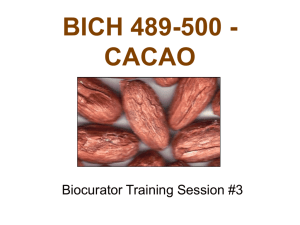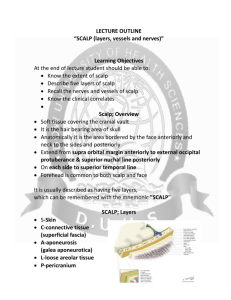Chapter 1: Mind and Brain Multiple Choice Questions (1
advertisement
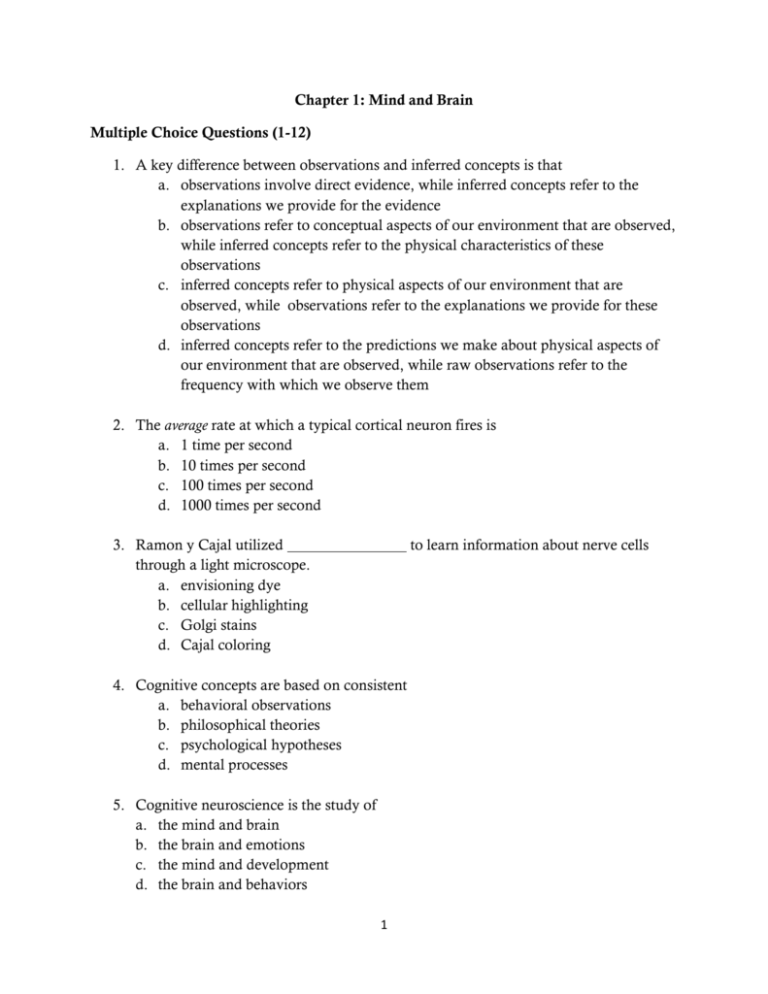
Chapter 1: Mind and Brain Multiple Choice Questions (1-12) 1. A key difference between observations and inferred concepts is that a. observations involve direct evidence, while inferred concepts refer to the explanations we provide for the evidence b. observations refer to conceptual aspects of our environment that are observed, while inferred concepts refer to the physical characteristics of these observations c. inferred concepts refer to physical aspects of our environment that are observed, while observations refer to the explanations we provide for these observations d. inferred concepts refer to the predictions we make about physical aspects of our environment that are observed, while raw observations refer to the frequency with which we observe them 2. The average rate at which a typical cortical neuron fires is a. 1 time per second b. 10 times per second c. 100 times per second d. 1000 times per second 3. Ramon y Cajal utilized through a light microscope. a. envisioning dye b. cellular highlighting c. Golgi stains d. Cajal coloring to learn information about nerve cells 4. Cognitive concepts are based on consistent a. behavioral observations b. philosophical theories c. psychological hypotheses d. mental processes 5. Cognitive neuroscience is the study of a. the mind and brain b. the brain and emotions c. the mind and development d. the brain and behaviors 1 6. Which of the following is an appropriate example of increasing temporal magnitude? a. the human brain, occipital lobe, primary visual cortex, a neuron b. a neuron, primary visual cortex, occipital lobe, the human brain c. watching a movie, counting to 10, human reaction to an expected event, response time of the auditory nerve d. response time of the auditory nerve, human reaction to an expected event, counting to 10, watching a movie 7. Neuroimaging studies collect ‘slices’ of the brain in 3 main dimensions a. coronal, horizontal, and sagittal b. longitudinal, lateral, and fissural c. coronal, medial, and ventral d. dorsal, ventral, and orbital 8. Major anatomical landmarks in the brain include the a. corpus callosum, longitudinal fissure, and central sulcus b. latitudinal fissure, cerebral subcortex, and corpus memorius c. prelateral lobe, temporal fissure, and central gyrus d. all of the above 9. The four lobes of the brain are a. polemic, orbital, occipital, and frontal b. frontal, parietal, temporal, and occipital c. parietal, medial, frontal, and lateral d. dorsal, ventral, superior, and inferior 10. Major ongoing debates in the study of mind and brain include a. the nature of consciousness b. capacity limits of the brain c. nature (genes) versus nurture (environment) d. all of the above 11. One of Charles Darwin’s contributions to the study of human cognition was that he a. proposed that humans were distinctly different than any other species b. observed some shared emotional expressions in humans and other species, leading to the study of emotions across multiple mammalian species c. proved that humans and mammals shared the same emotions d. suggested that mammalian brain development was different from human brain development 2 12. The study of consciousness a. began in the late 20th Century b. has long been a topic of interest for biologists and psychologists c. was strongly opposed by William James d. none of the above Short Answer Questions (1-3) 1. What was the dominant viewpoint about the nature of psychology in the nineteenth century? In the early twentieth century? 2. Describe one conscious event in everyday cognition. Describe one unconscious event. Briefly explain how they differ. 3. What does it mean when we say ‘science makes inferences’? Provide an example of an inference taken from an observation. 3
